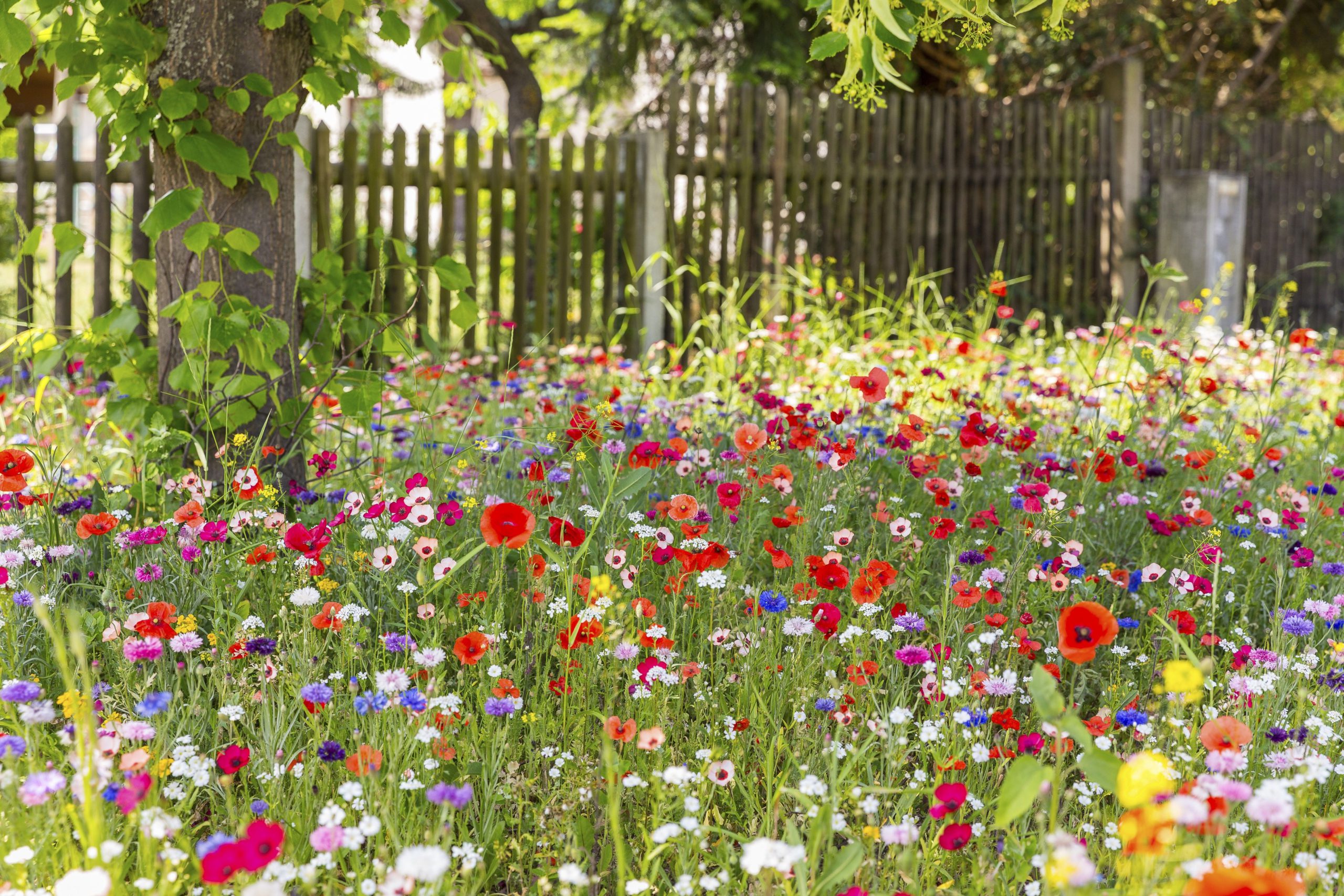Introduction
Creating a wildflower garden is a rewarding way to bring natural beauty and biodiversity to your outdoor space. Wildflower gardens attract pollinators like bees and butterflies, support local ecosystems, and require less maintenance compared to traditional gardens. This guide will walk you through everything you need to know about how to make a wildflower garden, from site selection to planting and ongoing care. Whether you’re a seasoned gardener or a beginner, you’ll gain practical tips and expert insights to design a thriving wildflower haven.
Why Choose a Wildflower Garden?
Wildflower gardens offer multiple benefits beyond their vibrant colors and textures:
- Support for Pollinators: Wildflowers provide essential nectar and habitat for bees, butterflies, and other beneficial insects.
- Low Maintenance: Once established, wildflower gardens typically need less watering and fertilizing.
- Environmental Impact: They improve soil health, reduce erosion, and encourage biodiversity.
- Cost-Effective: Many wildflowers grow from seed and thrive without expensive inputs.
These advantages make wildflower gardens an excellent choice for environmentally conscious gardeners looking to enhance their landscape naturally.
How to Plan Your Wildflower Garden
Choosing the Right Location
Select a spot that fits the natural requirements of wildflowers:
- Sunlight: Most wildflowers thrive in full sun (6-8 hours daily), though some tolerate partial shade.
- Soil Type: Well-drained soil is ideal. Avoid overly fertile or heavily compacted soils.
- Space: Consider the mature size of plants; wildflower gardens can range from small patches to large meadows.
Selecting Wildflower Seeds
Choose a seed mix tailored to your region and soil conditions:
- Opt for native wildflower species to ensure adaptability and ecological benefits.
- Include a mix of annuals and perennials for continuous bloom.
- Avoid mixes with invasive species.
Consult local extension services or native plant societies for seed recommendations.
Designing Your Layout
Plan for naturalistic, informal groupings rather than rigid rows. Incorporate:
- Clusters of taller flowers at the back
- Shorter species in front
- Varied bloom times for season-long color
Step-by-Step Guide to Planting Your Wildflower Garden
Site Preparation
Proper preparation improves seed germination and plant health:
- Clear existing vegetation: Remove grass, weeds, and debris to reduce competition.
- Loosen the soil: Lightly till or rake the soil surface to promote seed-to-soil contact.
- Level the ground: Create a smooth, even seedbed.
Sowing Seeds
Follow these expert tips for optimal results:
- Sow seeds in early spring or fall, depending on species and climate.
- Mix seeds with sand or fine soil for even distribution.
- Broadcast seeds evenly by hand or with a spreader.
- Lightly rake the surface to cover seeds with a thin layer of soil.
- Avoid deep planting; most wildflower seeds require light to germinate.
Watering and Mulching
- Water gently but thoroughly after sowing.
- Maintain consistent moisture during germination.
- Use a light mulch (e.g., straw) to retain moisture and suppress weeds without blocking sunlight.
Caring for Your Wildflower Garden
Maintenance Tips
- Weeding: Remove invasive or aggressive weeds early to prevent competition.
- Watering: Once established, many wildflowers need minimal watering.
- Mowing: Cut back dead stems in late fall or early spring to encourage new growth.
- Fertilizing: Avoid heavy fertilization as wildflowers prefer low-nutrient soils.
Seasonal Considerations
- Monitor for pests and diseases, though wildflowers are generally resilient.
- Re-seed bare patches as needed to maintain coverage.
- Adjust watering during drought periods to support plant survival.
Expert Insights and Real-World Examples
Dr. Jane Smith, a horticulturist specializing in native plants, emphasizes: “Choosing regionally adapted wildflowers is crucial for a sustainable garden that supports local wildlife.”
Case Study: A community garden in Oregon replaced a lawn with a wildflower meadow, resulting in a 40% increase in pollinator visits within two years, demonstrating ecological benefits.
Conclusion
Making a wildflower garden is a fulfilling project that enhances your outdoor space and supports the environment. By carefully planning your site, selecting native seeds, and following proper planting and maintenance steps, you can create a vibrant, low-maintenance garden that blooms year after year. Take the first step today to transform your garden into a natural sanctuary buzzing with life and color.
